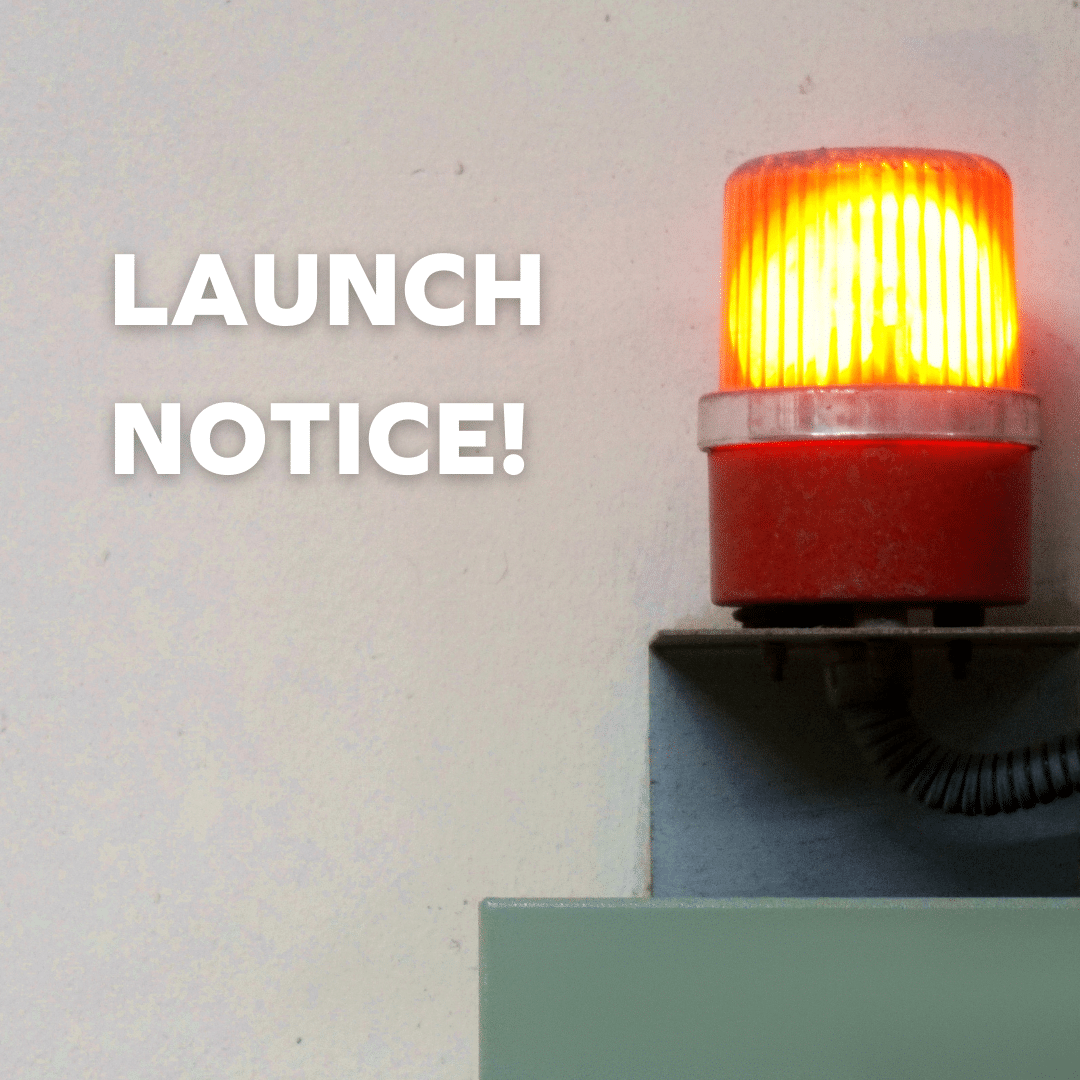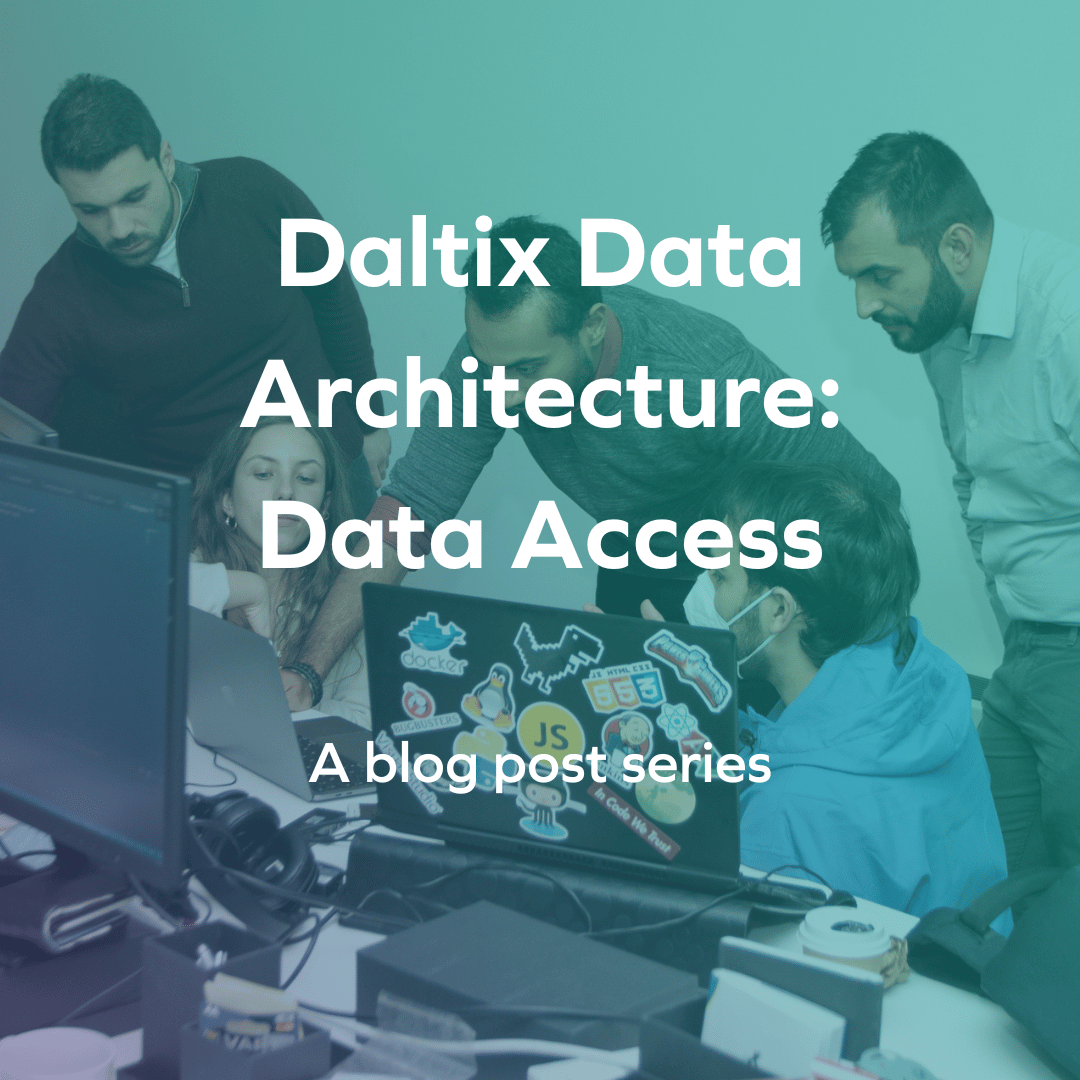Video:
What is it really like
working at Daltix?
24 may 2022
Ever wondered what it is like to work at Daltix? In this video you’ll hear thoughts from the team itself.
What is it like working at Daltix?
We call ourselves Daltons. We have offices in Lisbon, Gent, Antwerp and now recently also a Dalton working in Germany.
Culture: We believe in integrity, collaboration and a focus on the future. All Daltons belong at Daltix.
Spirit: We are an open and joyful space for work, with a human-first approach.
Balance: We strive for flexibility by nurturing work-life balance. We work where and when we are at our best.
Growth: We foster a platform for continuous development, learning and reaching goals.
Reward: We value the work we do by offering competitive compensation, important benefits and useful perks.
We are dedicated to data, but we also look out for each other. We help each other get to where we need to get. And there are always good laughs to be had!
We created a video for you so that you can find out what it is really like to work at Daltix!
If you are looking to join a team passionate about data and its people making it work, check out opportunities at jobs.daltix.com.
- Share this article
Related resources.

Daltix introduces it’s Data Quality Indicators to ensure data transparency
If your data provider doesn’t give you a clear outline of how they test their own data for quality, you should get suspicious. In order to deliver data you can trust, we’ve developed the Daltix Data Quality Indicators. Read about what our DQIs are and why it’s good for your data here!

Download the Daltix Summary & Data Span Matrix
As we are expanding across Europe, here is a downloadable matrix on what data and features Daltix offers as well as what countries we collect in and for what retailers.

Daltix Data Architecture: Data Access
In the final blog post of the data architecture series, we’ll take a look at how Daltix can provide everyone who requires their data access in a way that suits them. To answer that, we’ll examine our two data setups and explain our experiences and how they fit into our data architecture.